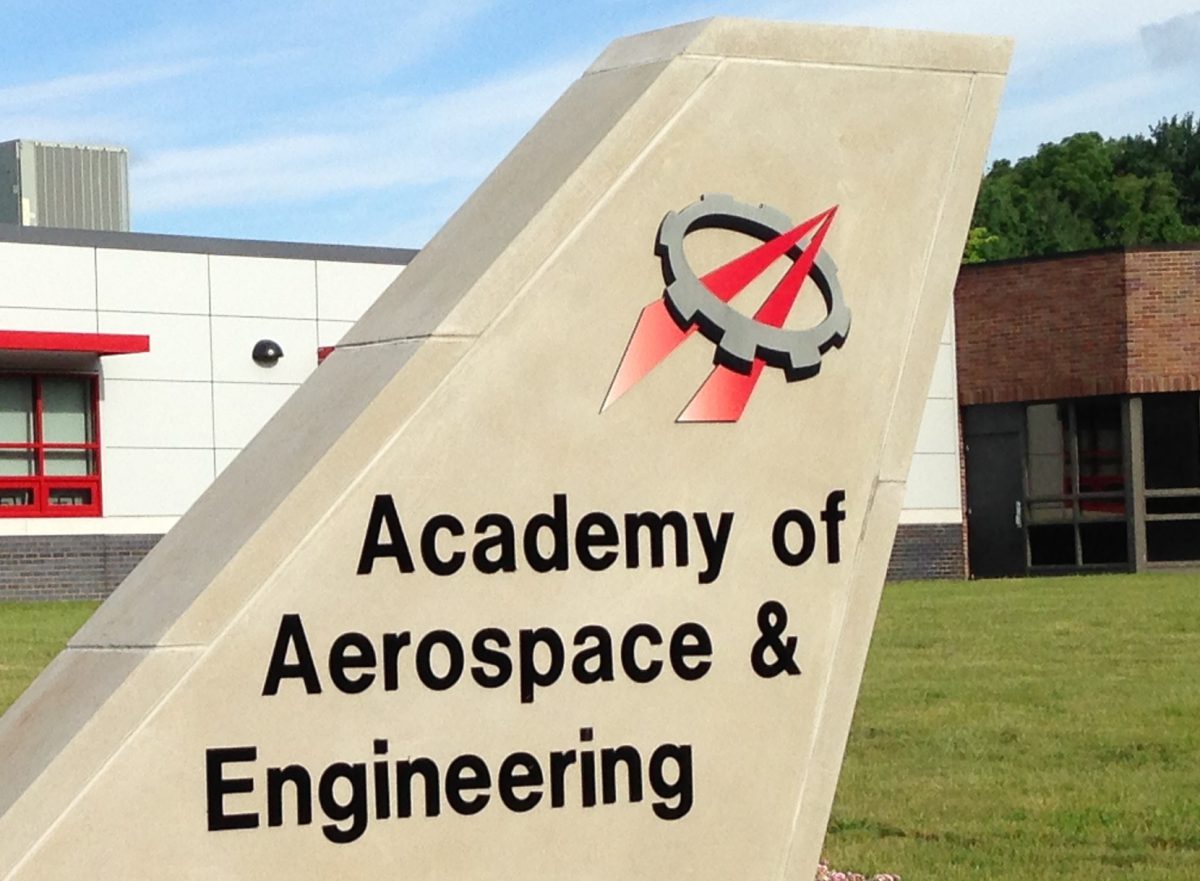Students at the Academy of Aerospace and Engineering get to learn topics that most other students may not see until late in high school or in college, if at all. Examples include aerodynamics, astrophysics, aircraft and rocket design, and many other aerospace and engineering topics. While our school district promotes mastery based learning, which we use in our basic science and math classes, it is unrealistic for a middle school student to achieve mastery in aerodynamics or other advanced STEM (science, technology, engineering, and math) topics–this is where a spiral approach makes sense.
What do these terms mean? Mastery based learning is the idea that students should learn a subject incrementally and achieve mastery, or a defined level of understanding and competence, before moving on to the next increment. We use this approach in both our science and math courses where we work with students to fully understand a topic before we move on to the next topic, and where each topic is defined by one or more state curriculum standards. In contrast, spiral learning is when students learn a subject at some level, then move on, but return later to learn more about the subject at a deeper level. Depending on the subject and the grade of the student, mastery of the subject may or may not be appropriate. This spiral approach is perfect for our elective courses in the academy where we want to repeatedly expose students to higher level concepts that are used in colleges and industry so that the students can envision themselves succeeding in these subjects some time in the future. The majority of US students do not pursue science or engineering, and one big reason is because they have no idea what a scientist or engineer does. By exposing students to firsthand experiences where they do science and engineering tests and build things using an engineering design process, they can see themselves becoming scientists and engineers someday. Using a spiral approach makes these types of experiences more meaningful, as the students see themselves improving in their knowledge and competence over time.
One example from the past week in the academy is a spiral approach to aerodynamics. The seventh graders did a basic project making a FPG-9 (a glider made from a 9-inch foam plate), then flight testing it outside. The glider has a rudder and elevons (combination ailerons and elevator), and students had to do an inquiry activity to see how the flight controls work. Later in the week, the students started an activity where they build a model aircraft or spacecraft, research it, and present their model and report to the class. These activities connected to what they were learning in science and in their flight simulator lessons. Meanwhile, the 8th graders, being more advanced in the academy program, are using a GDJ Flotec wind tunnel this week to measure the relative drag of the model rockets they designed and built over the past two weeks. Their task is to make the fastest possible rocket powered by an Estes A8-3 engine. The students are studying forces in science and vectors in geometry, so we put that together to discuss the net force on the rocket, and the students understood they wanted to reduce the weight and drag as much as possible in their designs. After wind tunnel testing, one crew repeatedly refined their rocket and cut the drag almost in half. We launch in the coming week. I do not intend for these students to achieve mastery in aerodynamics, but by periodically doing fun activities involving aerodynamics, and by making each activity more challenging than the last one, the students eventually achieve a high level of understanding in a complex STEM topic.
Here are photos of the 7th graders with their FPG-9s and models:











Here are the 8th graders using the wind tunnel and photos of each crew with their rocket:















